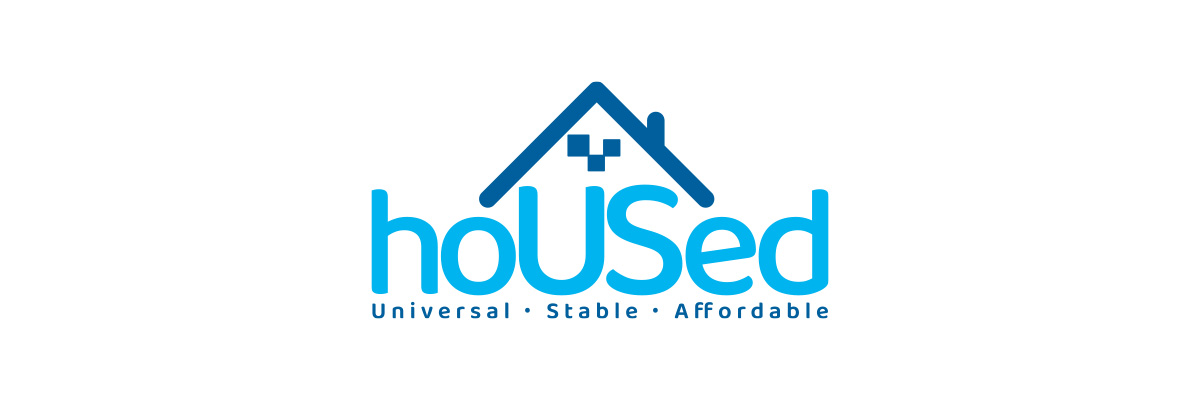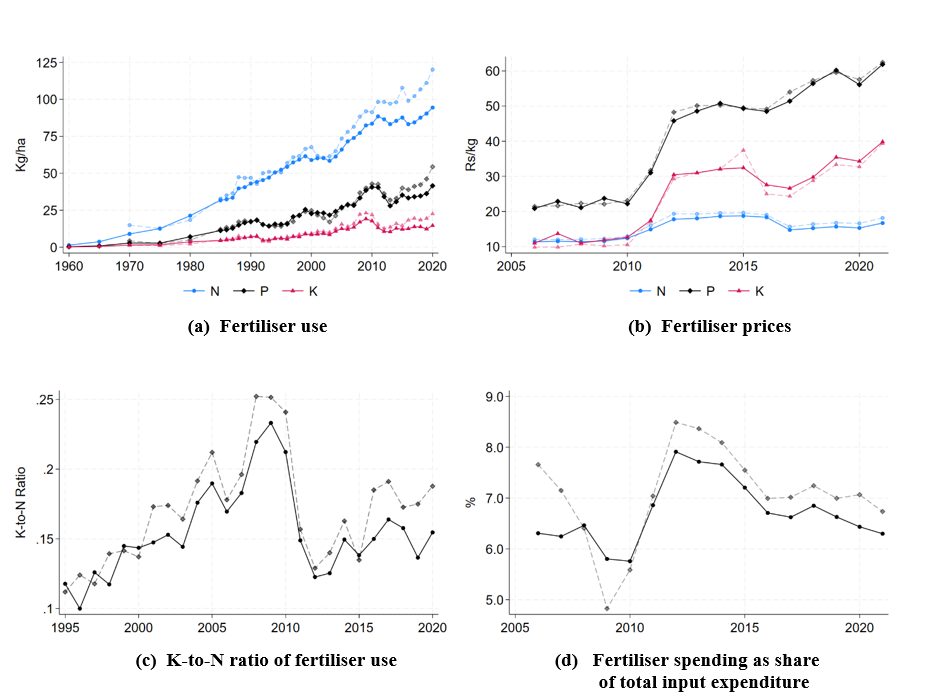Affordable, accessible early childhood care from Parachute to Aspen goes on November 2025 ballot – AspenTimes.com

Report on the Proposed Confluence Early Childhood Development Service District
1.0 Introduction
The Confluence Early Childhood Education (CECE) Coalition has filed a proposal with the District Court to establish the Confluence Early Childhood Development Service District. The initiative, named the “Strong Start, Bright Future” campaign, is scheduled for the November 2025 ballot. Its primary objective is to enhance early childhood care and education infrastructure within the region, directly aligning with several United Nations Sustainable Development Goals (SDGs), particularly those focused on education, equality, and economic stability.
The proposal has secured significant local backing, including:
- Unanimous support from Pitkin, Garfield, and Eagle county commissioners.
- Endorsements from a wide range of local businesses and organizations.
- Over 1,000 signatures from registered voters collected in May.
A court hearing scheduled for July 24 will officially launch the campaign for voter consideration in the service district, which encompasses Garfield and Pitkin counties and the southwestern portion of Eagle County.
2.0 Financial Framework and Funding Allocation
The initiative proposes a targeted funding mechanism to generate revenue for early childhood services. This financial strategy is designed to support community development without placing an undue burden on essential household expenses.
2.1 Proposed Taxation Model
A 0.25% sales tax (equivalent to 25 cents per $100) is proposed on non-essential goods. To mitigate the impact on low-income households and align with SDG 1 (No Poverty), the tax explicitly exempts essential items, including:
- Groceries
- Gasoline
- Medicines
- Diapers and feminine hygiene products
- Other essentials not taxed by the state of Colorado
2.2 Revenue and Allocation
The proposed tax is projected to generate approximately $10 million in annual revenue. These funds are earmarked for specific programs that advance key SDGs. The allocation plan is as follows:
- Tuition Assistance: The majority of funds will provide sliding-scale tuition assistance for families, making childcare more affordable. This directly supports SDG 10 (Reduced Inequalities) by ensuring children from all socioeconomic backgrounds have access to foundational education.
- Provider Grants: Grants will be available for care providers to expand capacity, improve service quality, and obtain licensure. This investment in educational infrastructure is a core component of SDG 4 (Quality Education).
- Operational and Accountability Costs: Remaining funds will cover district operational needs and facilitate third-party accountability reviews, ensuring transparent and effective governance in line with SDG 16 (Peace, Justice and Strong Institutions).
3.0 Governance and Oversight
The proposal includes the establishment of a new governing body to oversee the district’s operations and ensure accountability. Voters will be asked to elect the service district’s first board of directors, with representatives from five distinct geographic areas within the region. This board will be responsible for establishing the district’s operational framework and providing ongoing oversight, reinforcing the principles of SDG 16 by creating an accountable and inclusive local institution.
4.0 Alignment with Sustainable Development Goals (SDGs)
The Confluence Early Childhood Development Service District proposal is fundamentally aligned with the 2030 Agenda for Sustainable Development. Its implementation would contribute directly to the following goals:
- SDG 4: Quality Education: By funding early childhood care and improving the quality of educational services, the initiative directly addresses Target 4.2, which aims to ensure that all children have access to quality early childhood development, care, and pre-primary education.
- SDG 5: Gender Equality: Accessible and affordable childcare is critical for enabling parents, particularly women, to enter and remain in the workforce, thereby promoting economic empowerment and gender equality.
- SDG 8: Decent Work and Economic Growth: The initiative supports a robust local economy by enabling a wider pool of parents to participate in the workforce. It also creates and sustains decent jobs within the childcare sector itself.
- SDG 10: Reduced Inequalities: The use of sliding-scale tuition assistance is a direct mechanism to reduce economic barriers to early education, ensuring that developmental opportunities are not determined by a family’s income.
- SDG 11: Sustainable Cities and Communities: By providing essential services for families, the district helps build a more inclusive, resilient, and sustainable community where residents can thrive.
SDGs Addressed in the Article
- SDG 4: Quality Education
- SDG 1: No Poverty
- SDG 8: Decent Work and Economic Growth
- SDG 10: Reduced Inequalities
- SDG 11: Sustainable Cities and Communities
Identified SDG Targets
-
SDG 4: Quality Education
- Target 4.2: By 2030, ensure that all girls and boys have access to quality early childhood development, care and pre-primary education so that they are ready for primary education.
- Explanation: The article’s central theme is the “Confluence Early Childhood Education (CECE) Coalition’s” proposal to “support early childhood care and education for the region’s youngest children.” The plan aims to fund “more affordable, accessible, and available childcare options” and provide grants to “improve quality of services,” directly aligning with the goal of ensuring access to quality early childhood development and education.
- Target 4.2: By 2030, ensure that all girls and boys have access to quality early childhood development, care and pre-primary education so that they are ready for primary education.
-
SDG 1: No Poverty
- Target 1.2: By 2030, reduce at least by half the proportion of men, women and children of all ages living in poverty in all its dimensions according to national definitions.
- Explanation: The high cost of childcare is a significant financial burden for many families. The proposal addresses this by using tax revenue for “sliding-scale tuition assistance for young families.” This directly reduces out-of-pocket expenses, freeing up family income and helping to mitigate poverty for families with young children.
- Target 1.2: By 2030, reduce at least by half the proportion of men, women and children of all ages living in poverty in all its dimensions according to national definitions.
-
SDG 8: Decent Work and Economic Growth
- Target 8.5: By 2030, achieve full and productive employment and decent work for all women and men… and equal pay for work of equal value.
- Explanation: The lack of affordable and accessible childcare is a major barrier to workforce participation, particularly for women. By creating “more affordable, accessible, and available childcare options,” the initiative enables parents to seek and maintain employment, thus contributing to full and productive employment within the community.
- Target 8.5: By 2030, achieve full and productive employment and decent work for all women and men… and equal pay for work of equal value.
-
SDG 10: Reduced Inequalities
- Target 10.2: By 2030, empower and promote the social, economic and political inclusion of all, irrespective of… economic or other status.
- Explanation: The proposal explicitly aims to reduce economic inequality in access to essential services. The use of a “sliding-scale tuition assistance” model ensures that access to early childhood education is not dependent on a family’s income level, thereby promoting the social and economic inclusion of children from lower-income households.
- Target 10.2: By 2030, empower and promote the social, economic and political inclusion of all, irrespective of… economic or other status.
-
SDG 11: Sustainable Cities and Communities
- Target 11.1: By 2030, ensure access for all to adequate, safe and affordable housing and basic services…
- Explanation: The article describes a community-led initiative to establish a fundamental service. Accessible and affordable early childhood care and education is a “basic service” essential for a thriving, sustainable community. The proposal aims to fund and provide this service for “local families from Parachute to Aspen.”
- Target 11.1: By 2030, ensure access for all to adequate, safe and affordable housing and basic services…
Mentioned or Implied Indicators
-
SDG 4: Quality Education
- Indicator 4.2.2: Participation rate in organized learning (one year before the official primary entry age), by sex.
- Explanation: While not explicitly stated as a metric, the goal of making childcare more “accessible, and available” implies an objective to increase the number of children enrolled. The success of the $10 million annual investment would logically be measured by an increase in the participation rate of young children in these early education programs.
- Indicator 4.2.2: Participation rate in organized learning (one year before the official primary entry age), by sex.
-
SDG 10: Reduced Inequalities
- Implied Indicator: Number and proportion of families receiving financial assistance for childcare.
- Explanation: The article specifies that a primary use of the generated revenue will be for “sliding-scale tuition assistance for young families.” A direct way to measure progress towards reducing economic barriers would be to track the number of families that benefit from this assistance, demonstrating the program’s impact on inequality.
- Implied Indicator: Number and proportion of families receiving financial assistance for childcare.
-
SDG 8: Decent Work and Economic Growth
- Implied Indicator: Labor force participation rate of parents with young children, particularly women.
- Explanation: A key outcome of providing affordable and accessible childcare is enabling parents to work. Progress towards Target 8.5 could be measured by tracking changes in the local labor force participation rate for parents of children under five, as this is a direct economic benefit of the service.
- Implied Indicator: Labor force participation rate of parents with young children, particularly women.
-
SDG 11: Sustainable Cities and Communities
- Implied Indicator: Number of available childcare slots and number of licensed care providers.
- Explanation: The article states that funds will be used for “grants for care providers to expand capacity, improve quality of services, obtain licensure, and more.” This directly implies that success will be measured by an increase in the number of childcare facilities and available slots, as well as the number of providers who become licensed, thereby improving the community’s basic services infrastructure.
- Implied Indicator: Number of available childcare slots and number of licensed care providers.
Summary of SDGs, Targets, and Indicators
| SDGs | Targets | Indicators |
|---|---|---|
| SDG 4: Quality Education | Target 4.2: Ensure access to quality early childhood development, care and pre-primary education. | Indicator 4.2.2 (Implied): Participation rate in organized learning. |
| SDG 1: No Poverty | Target 1.2: Reduce at least by half the proportion of people living in poverty. | Implied Indicator: Reduction in household expenditure on childcare for low-income families through “sliding-scale tuition assistance.” |
| SDG 8: Decent Work and Economic Growth | Target 8.5: Achieve full and productive employment and decent work for all. | Implied Indicator: Labor force participation rate of parents with young children. |
| SDG 10: Reduced Inequalities | Target 10.2: Empower and promote the social, economic and political inclusion of all. | Implied Indicator: Number and proportion of families receiving financial assistance (“sliding-scale tuition assistance”) for childcare. |
| SDG 11: Sustainable Cities and Communities | Target 11.1: Ensure access for all to adequate, safe and affordable basic services. | Implied Indicator: Number of available childcare slots and number of licensed care providers resulting from grants to “expand capacity.” |
Source: aspentimes.com

What is Your Reaction?
 Like
0
Like
0
 Dislike
0
Dislike
0
 Love
0
Love
0
 Funny
0
Funny
0
 Angry
0
Angry
0
 Sad
0
Sad
0
 Wow
0
Wow
0





/https://media.globalcitizen.org/ea/9e/ea9e1a08-9cc4-472e-a0a7-57a76f7c1e06/screenshot_2025-11-06_at_101647.png?#)












![Architects use comics and humour to rethink sustainable cities [Interview] – Mongabay-India](https://imgs.mongabay.com/wp-content/uploads/sites/30/2025/11/06135611/1761635108000-768x511.jpeg?#)





























































